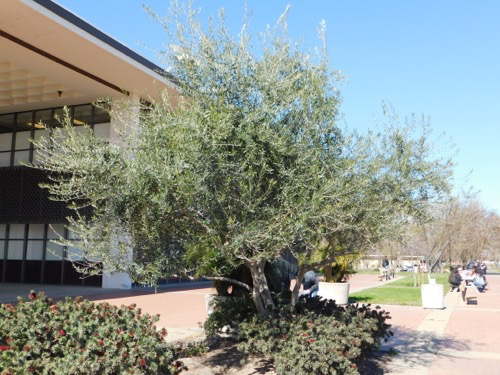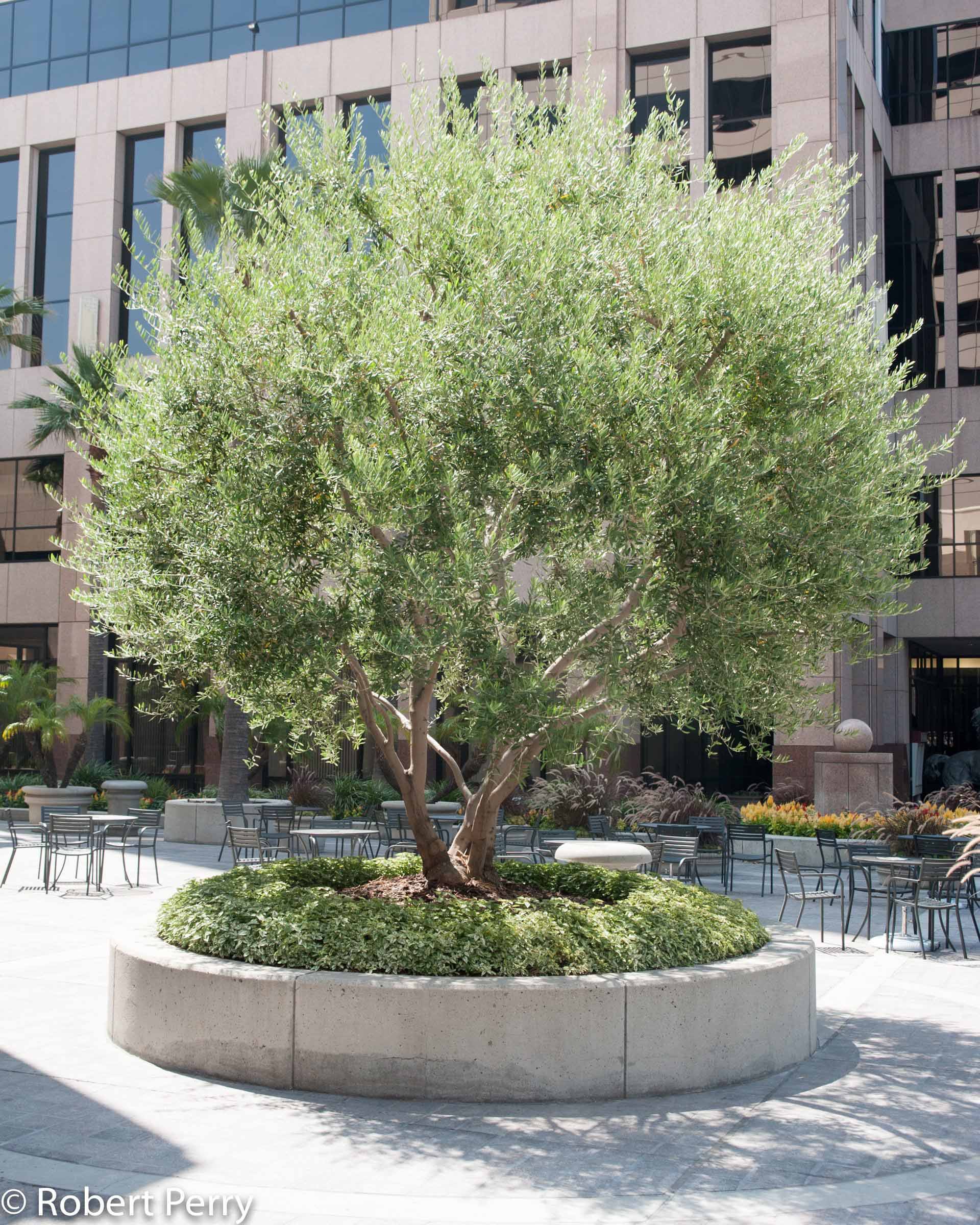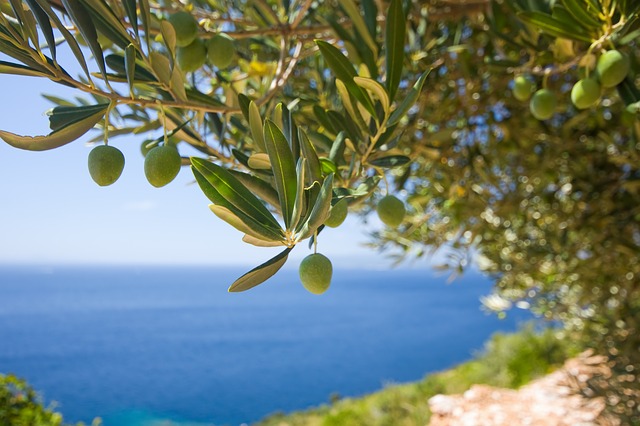Olive Tree Allergy California

However there is a dark side lurking in the canopy of any average olive tree.
Olive tree allergy california. In california the state that grows most of the olives in the united states olive trees produce such highly allergenic pollen that some people have difficulty even driving by olive orchards. The tree is small up to 25 feet and spreading. The flowers appear in the spring and are white small and fragrant. The different olive varieties are reproduced using the medium as air.
Based on an extensive review of the literature serious allergy to the olive fruit as a food has rarely been reported. Olives start pollinating later in the spring than many other trees and grasses and cause a great deal of allergy symptoms including severe asthma. To know what causes this type of allergy and we have to go directly to the pollen produced by olive trees. There are three case reports of people who reacted to the ingestion of olive fruit one report describing an allergy to olive fruit developing after pollen allergy shots and one case of airway disease in an olive oil mill worker.
Webmd explains which trees cause the most problems and how you can keep your tree pollen allergy symptoms under control. Tree pollen is a common allergy trigger. Those who live in places that cultivate olive trees may develop a seasonal respiratory allergy to olive pollen. Where the tree is present reactions to olive pollen are common and typically severe.
The most common allergy associated with olives is a seasonal pollen allergy. During the flowering olive trees produce and release a huge amount of pollen into the air. The pollen produced by olive trees can be easily recognized because it s a type of dust which comes from the flowers on the tree. The olive allergy is increasingly common exposure to large amounts of olive pollen during spring can cause upset sensitive people.
Privet is related to olive is quite allergenic and pollinates as the olive pollen season is ending. The leaves of olive trees are opposite and usually evergreen in the southern parts of the united states.


















